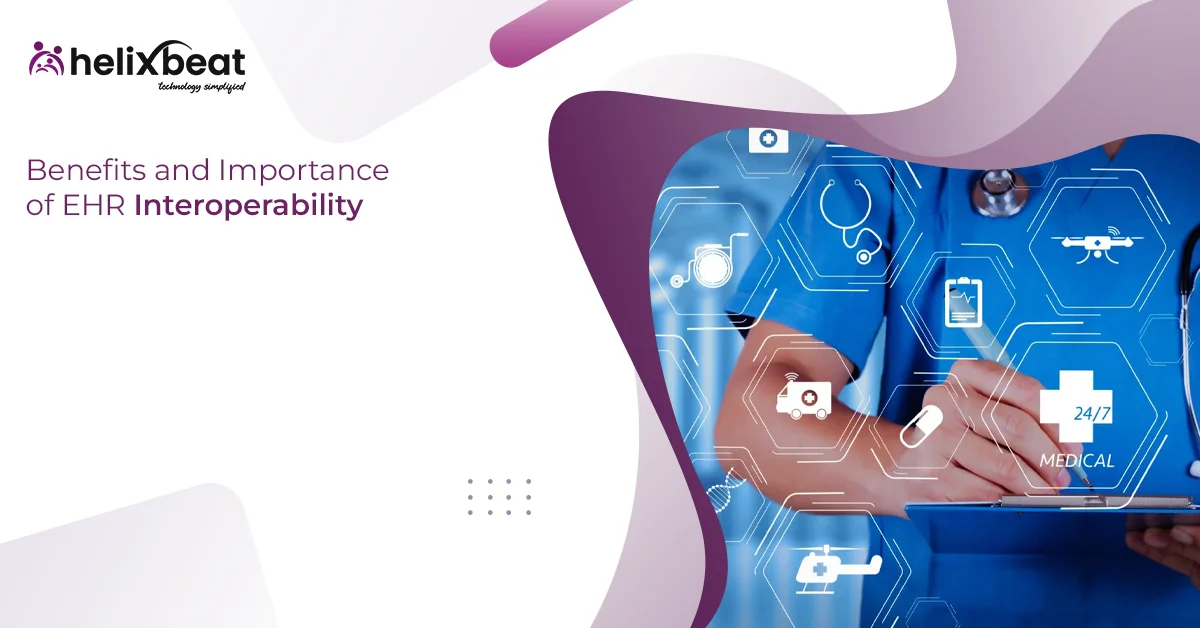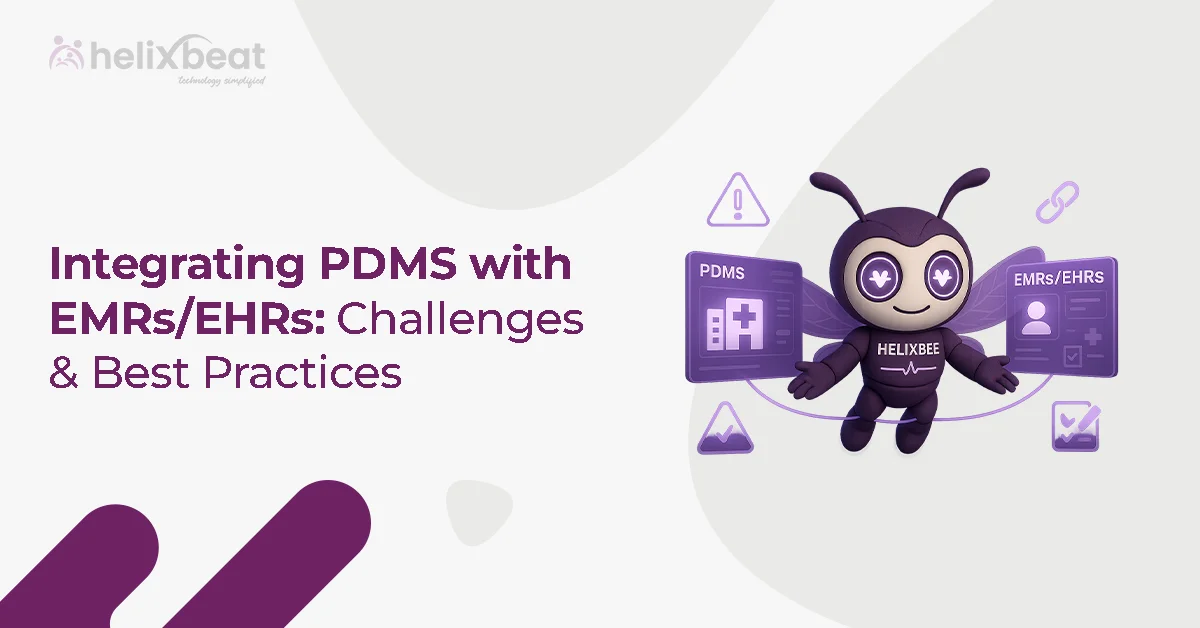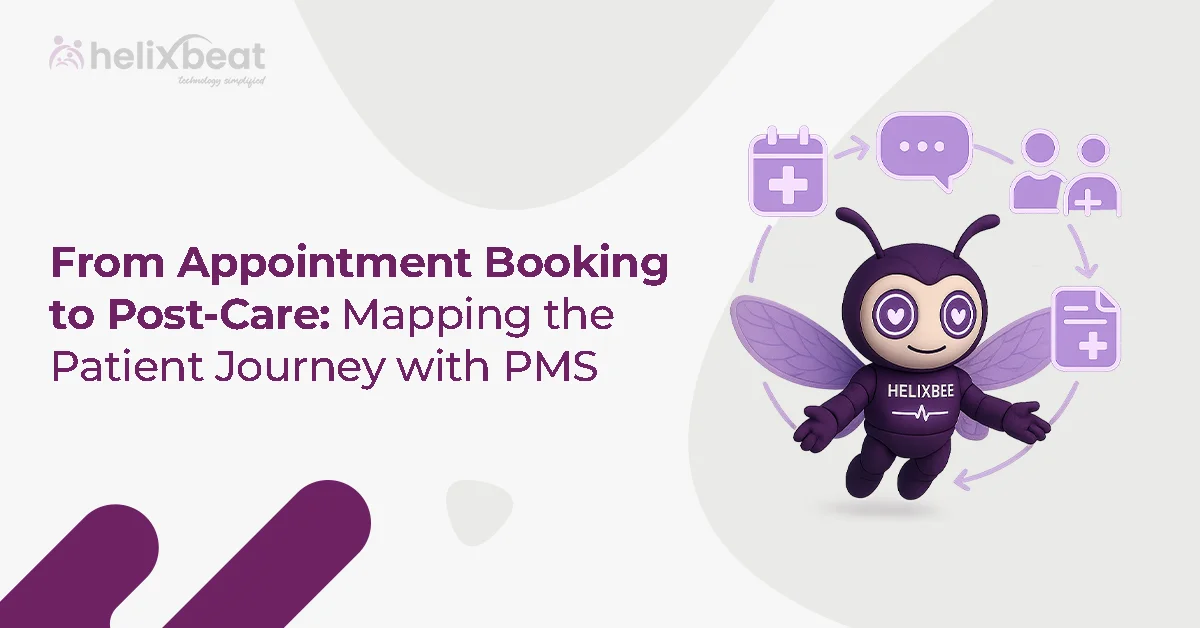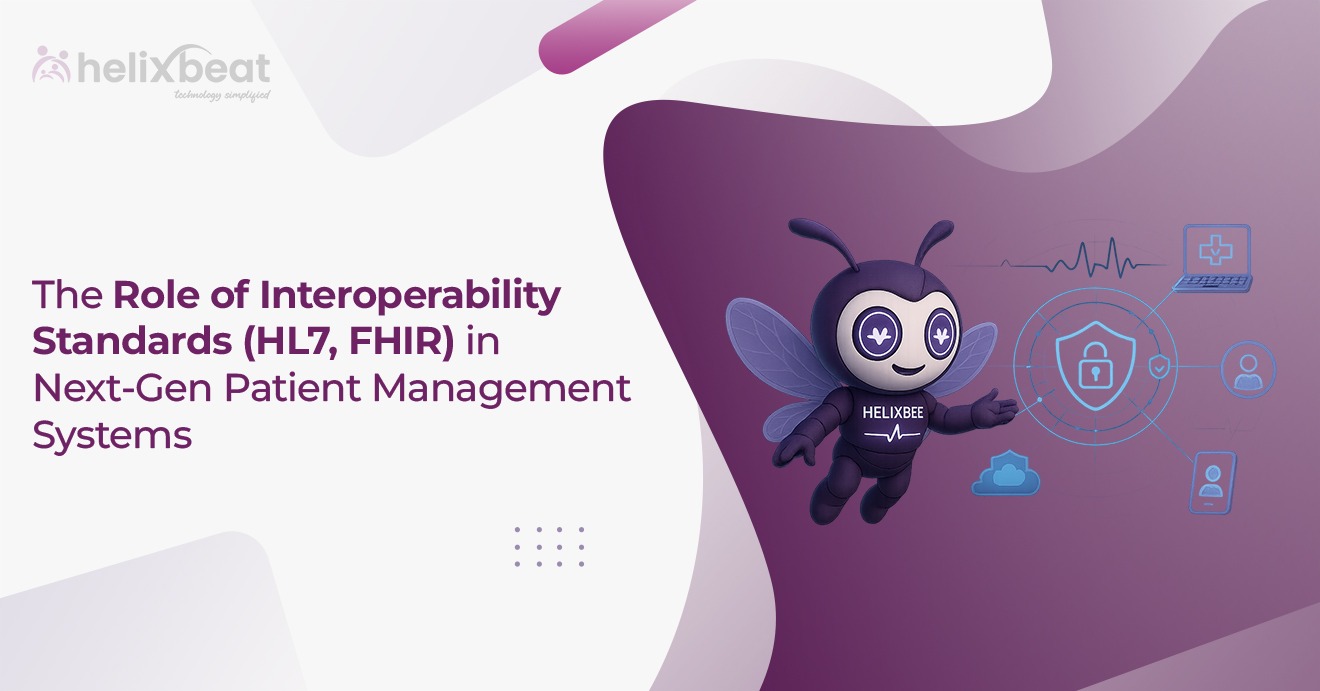For modern healthcare, integrated information flow is fundamental to operations. As care becomes more collaborative and patient-centered, stakeholders expect Electronic Health Record (EHR) systems to do more than store data. They must talk to each other. That’s how healthcare found its turning point in EHR interoperability.
Whether you’re a healthcare provider, IT decision-maker, or patient advocate, understanding the benefits and importance of EHR interoperability helps you grasp how better data exchange can transform outcomes, operations, and even long-term costs. Let’s explore what makes EHR interoperability so important for modern healthcare and why it represents a strategic investment.

Table of Contents
What Is EHR Interoperability?
EHR interoperability is the ability of different electronic health record systems to access, exchange, interpret, and use data across organizational, technical, and geographical boundaries. It means that a patient’s health records, once captured, can follow them from hospital to clinic, specialist to primary care, and even from one state to another, without manual transfer or delays.
This ability to share data in real-time helps build a holistic view of a patient’s history, test results, treatments, and progress.
Benefits of EHR interoperability
1. Improves Patient Care and Clinical Outcomes
EHR interoperability directly leads to better, quicker decisions during patient visits. When clinicians can access up-to-date patient information—such as past diagnoses, medication history, and allergies—they’re more equipped to make the right call.
Key benefits include
- Reduced medical errors and duplicate testing
- Faster, data-informed diagnoses
- Safer medication prescriptions
- Personalized treatment plans
A study analyzing Medicare and HIMSS data from 2010 to 2013 found that hospitals with interoperability capabilities had approximately a 19% lower odds of in-hospital adverse drug events (ADEs) after adjusting for other factors.
2. Reduces Administrative Burden for Providers
Healthcare professionals often spend more time documenting and chasing down information than actually treating patients. Interoperability helps simplify workflows by automating data exchange between labs, imaging centers, pharmacies, insurance systems, and other clinical tools.
For example:
- Lab results from third-party diagnostic labs flow directly into the patient’s chart.
- Referral notes from one doctor automatically update in another provider’s system.
- Immunization records, allergies, and chronic condition data don’t need re-entry.
This streamlining means fewer phone calls, faxes, and forms—freeing up valuable hours for doctors, nurses, and front-desk staff.
3. Enhances Patient Experience and Engagement
Patients want to feel heard, respected, and informed. They also want access to their own data—without logging into multiple portals or repeating their story at every appointment. With EHR interoperability, healthcare becomes more transparent, less fragmented, and more patient-friendly.
Here’s how patients benefit:
- View complete medical records in one place
- Avoid repetitive testing or retelling medical history
- Get quicker referrals and second opinions
- Receive coordinated care across multiple providers
Moreover, with mobile-friendly patient portals and APIs powered by interoperable systems, individuals can access their records anytime and share them with family or caregivers. This boosts involvement and trust in the treatment process.
4. Lowers Healthcare Costs Over Time
The financial value of interoperability is often overlooked, but it’s substantial. When systems fail to connect, the result is duplication, delays, and disjointed care—all of which increase costs. However, EHR interoperability leads to:
- Reduced redundant lab tests
- Lower rates of hospital readmissions
- Fewer prescription errors
- Decreased manual labor and paperwork
A joint white paper involving ONC suggests that improved interoperability of medical devices could save over $30 billion annually. For health systems and payers shifting to value-based care models, these savings are not just bonuses—they’re foundational to long-term sustainability.
5. Improves Care Transitions and Chronic Disease Management
A patient’s health journey rarely stays within one system. They might visit a primary care physician, then a cardiologist, then get admitted to a hospital—all within weeks. Without EHR interoperability, each handoff is a potential point of failure.
Smooth care transitions depend on real-time information sharing. When systems talk to each other, transitions look like this:
- Discharge summaries are instantly available to outpatient clinics
- Medication lists are synced across providers
- Home healthcare teams can access hospital notes
- Emergency responders can pull up patient allergies in seconds
This is particularly important for managing chronic conditions like asthma, diabetes, or heart failure, where coordinated, continuous care plays a key role in preventing complications and reducing hospital visits.
6. Aligns with Regulatory and Industry Standards
Governments around the world are pushing for better interoperability. In the U.S., regulations like the 21st Century Cures Act mandate open APIs and prevent information blocking. This means:
- Providers and vendors must allow patients access to their health data
- EHRs must be able to integrate with other certified tools and apps
- Health IT systems must adopt common data formats like FHIR (Fast Healthcare Interoperability Resources)
Staying compliant isn’t just about meeting mandates—it sets the foundation for innovation, integration, and better partnerships across the healthcare ecosystem.
7. Boosts Operational Efficiency and Analytics
Hospitals and clinics run on more than clinical care—they rely on scheduling, billing, inventory, insurance processing, and analytics. Interoperable EHR systems create a central source of truth for both clinical and administrative operations.
Benefits include:
- Smarter staffing and scheduling based on patient volumes
- Faster insurance claim processing
- Real-time dashboard reporting for leadership
- Predictive analytics for resource planning and risk management
By unifying disparate data sources, EHR interoperability allows organizations to move from reactive to proactive operations.
How AERIS Powers EHR Interoperability with Real-time Data Exchange
Built to work with industry-leading standards like HL7 and FHIR, AERIS acts as a real-time bridge between disparate health IT systems. Whether it’s synchronizing lab results from an external vendor, sharing patient summaries across EHRs, or integrating with public health databases, AERIS enables seamless data exchange with minimal setup and maximum compliance.
What sets AERIS apart is its dual ability to handle structured and unstructured data formats. By mapping clinical and administrative information into FHIR resources, AERIS transforms disconnected data into actionable insights, making it easier for providers to deliver coordinated, high-quality care.
Key Advantages of AERIS
- Real-Time Data Sharing: Syncs patient data across systems instantly—no delays, no data silos.
- Standards-First Architecture: Supports HL7 v2/v3 and FHIR protocols for universal compatibility.
- Smart Data Mapping: Converts unstructured records into structured FHIR-compliant formats for better usability.
- Secure and Scalable: Designed with privacy, compliance, and scalability at its core.
Final Thoughts
EHR interoperability is not just a tech feature—it’s a foundational capability that supports better care, healthier communities, and more efficient systems. As the industry evolves, the demand for connected, intelligent, and accessible data will only grow. Healthcare providers, vendors, and policymakers who invest in true interoperability today are building a smarter, safer, and more sustainable future for tomorrow.
Unlock seamless EHR interoperability with AERIS and connect care like never before. Contact us today!
FAQs
1. Why is EHR interoperability important?
It allows different health systems to share and use patient data seamlessly, improving care, reducing costs, and enhancing outcomes.
2. Does EHR interoperability affect patient privacy?
Yes. Therefore, systems must comply with HIPAA and other standards to protect sensitive data while allowing appropriate access.
3. What role does FHIR play in EHR interoperability?
FHIR is a standard that makes data exchange between systems more structured and machine-readable.
4. How does interoperability impact rural healthcare?
It allows small clinics to access patient data from urban centers, improving care coordination in remote areas.














